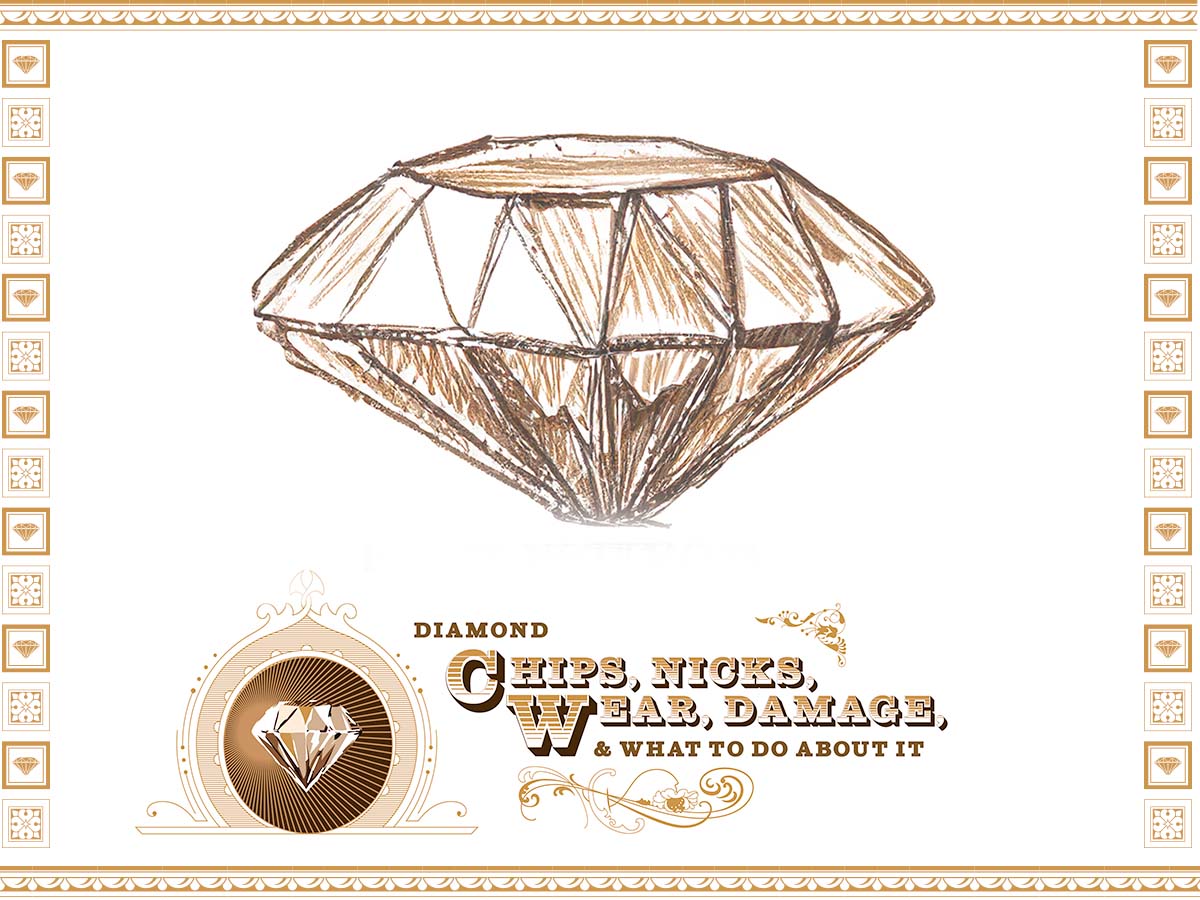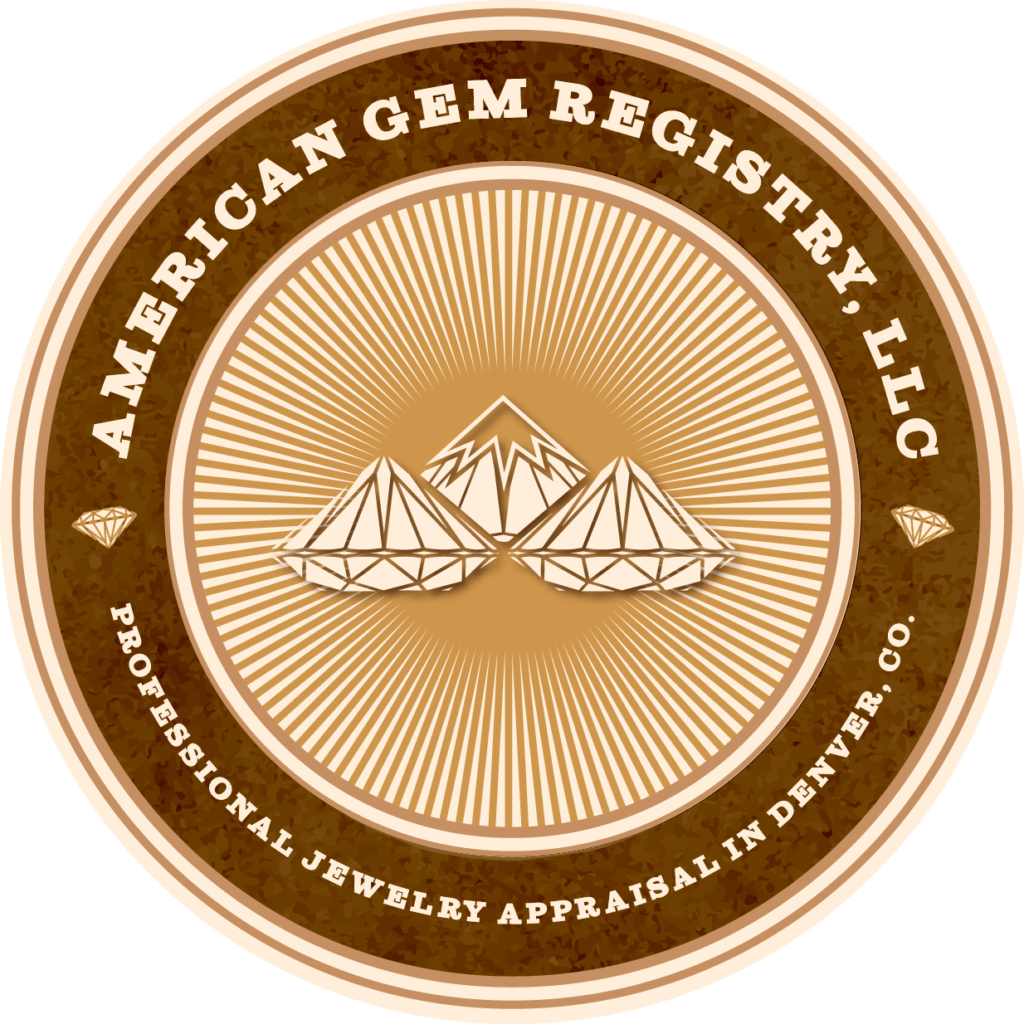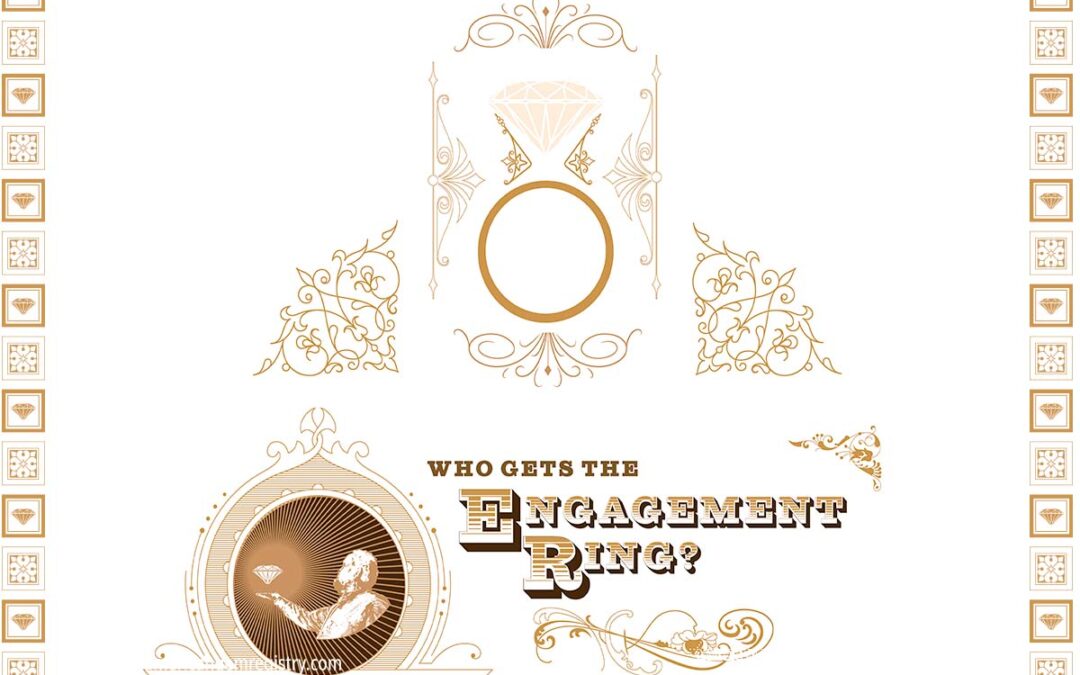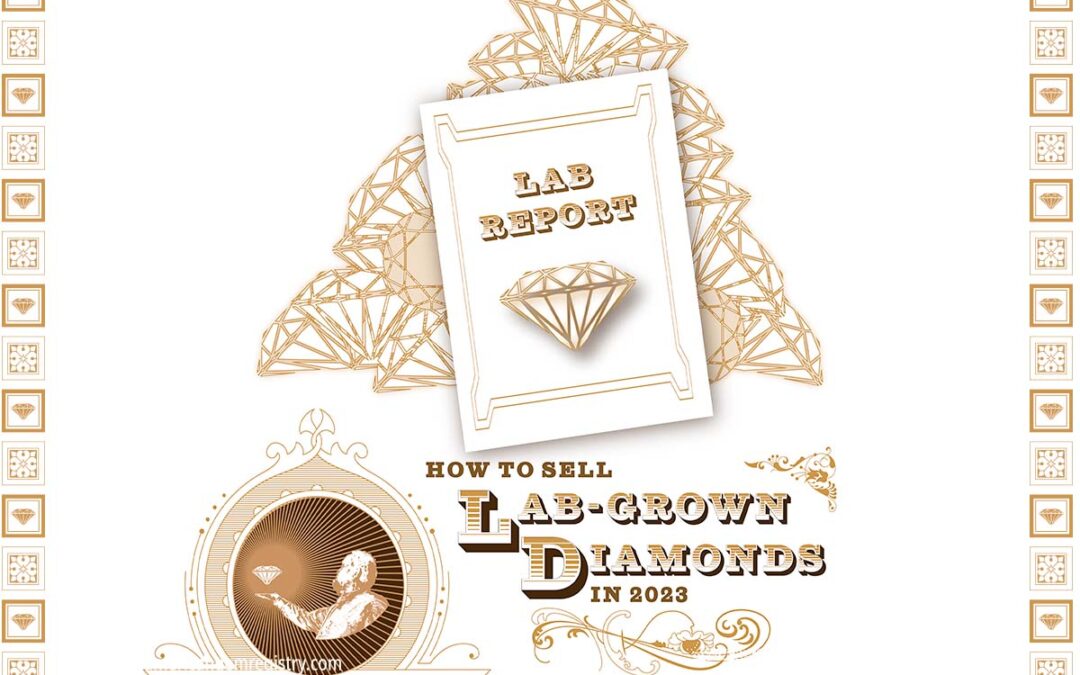In this insightful article, Neil Beaty, a gemologist and appraiser in Denver, Colorado, explores the often-overlooked topic of damage to diamonds, natural or lab-grown. We delve into the Clarity aspect of the 4Cs of diamonds, explaining how damage over time can affect a diamond’s clarity grade. The article provides a detailed analysis of the types of damage and how they impact diamond appraisals, especially when it comes to insurance considerations.
Key Takeaways:
- Despite their renowned hardness, both natural and lab-grown diamonds can sustain damage over time, affecting their clarity and overall grading.
- The Gemological Institute of America (GIA) has established specific definitions for inclusions and blemishes, which include both natural and post-cutting damages.
- Damage like chips or nicks can influence insurance underwriting, with insurers using AI to identify such terms in appraisals.
- The article suggests strategies for dealing with a chipped diamond, including consulting with an independent appraiser and potentially seeking different insurance options.
- Be advised that ALL diamonds—antiques or new purchases, natural or lab-grown, big-box or small jeweler—are susceptible to acquiring damage over time.
Diamonds: The Hardest Substance on Earth!
Diamonds, natural or lab-grown, are not impervious, despite the advertising and mythology surrounding them as “the hardest substance on earth”. They are fairly durable little things, but they can get dinged up over time just like anything else. This is nothing new. The various purveyors of diamonds, and those who have been insuring them, have been well aware of the fact that diamonds can be damaged since the beginning of their respective industries (and mine, for that matter).
Back in the 1930’s GIA (the Gemological Institute of America) was formed as a trade school for jewelers, and they took on the task of standardizing how the damage diamonds receive should be reported. As part of their program, they created a grading scale for diamonds that’s still in use today. It’s popularly known as the 4C’s. If you aren’t familiar with it, I’ve written on the topic here. I even made a video.
One of those C’s is Clarity, which refers to the presence or absence of inclusions and blemishes whether they occur naturally, or as with damage, artificially. Generally speaking, the more of these you have, the lower the clarity, thus, “damage” can effectively lower the Clarity score of your diamonds over time. (It’s unavoidable.)
Diving Deeper into ‘Clarity,’ one of the 4Cs of Diamonds
GIA defined, rather specifically, what are “inclusions” and what are “blemishes,” and these definitions are still in use today. There have been a few minor changes, like adding laser drill holes that didn’t exist in the 30’s, but it’s been remarkably consistent for the last 90 years. Here’s the lists, straight from the horse’s mouth: (https://4cs.gia.edu/en-us/blog/diamond-inclusions-defined/ and https://4cs.gia.edu/en-us/blog/diamond-blemishes-defined/).
Appraisers and labs nearly all use these same terms in their descriptions. If you’ve got a GIA/IGI Grading Report on a stone with a plotting diagram, what they saw in yours will be listed under the Key to Symbols or possibly the ‘comments’ section. Recognizing, mapping, and photographing them is a core part of gemology training at nearly all of the schools. You can read an article here about how to better understand these Grading Reports, there is also a picture below.
As they say, “the devil is in the details.” Most of those blemishes and a few of the inclusions happened AFTER the stone was cut. Possibly quite a bit after. They weren’t there when the stone was in the ground.

“Who Cares About a Scratch on a Diamond!?” I Hear You Cry
A grade’s a grade. What difference do a few scratches on the surface of an antique stone make? That’s a valid point. They’re quite common. Nicks on the girdle on antique stones and a few scratches are more common than not. Grade what you see and move on. They’re not a problem, at least not much of a problem…
That’s the old rule. It’s changing. Insurance companies, especially State Farm and USAA, care quite a bit. A ‘chip’ sounds like damage. It’s a pre-existing condition. That’s importantly different from, say, a ‘feather’, a ‘cavity’ or an ‘indented natural’ that can look a lot like a chip.

The difference between those things and a chip, is that they are naturally occurring inclusions, not “damage.” A chip noted on the appraisal can get an item kicked out of underwriting while an indented natural won’t.
A chip can render a piece uninsurable even if the ‘damage’ occurred 80 years and 3 owners ago. It can happen even when they have insured the item before and even when the issue is on what seems like a minor side stone. They’re using AI now to read the appraisal and look for specific words that indicate prior damage. Chips, nicks, wear, and damage. Bruises, scratches, and abrasions. They may even look for also, dings, and other substitute words in the description with the same meaning. They all present the same double standard: Are they damage or are they clarity characteristics?
Curiously, it doesn’t seem to cause a problem if it’s a major lab—not an appraiser—that called the feature by a name-which-cannot-be-insured. Then it’s just part of the 4C’s.
What to Do if You Have a Dreaded Chipped Diamond.
There’s a few choices, none of which are especially satisfactory:
- Talk to your independent appraiser about it. Calling it a ‘nick’ instead of a ‘chip’ may help, for example. If it’s ‘natural’, meaning it’s part of the original crystal surface, it probably doesn’t count. That’s not damage. Make sure they’re sure. Calling it ‘wear’ is less likely to get attention than ‘damage’.
- Find a different insurer. They all have different rules on this issue. GIA calls them ALL inclusions but the insurers are adding their own filters.
- Go without insurance. =/
- Get it graded by GIA, IGI or a comparable lab, have the appraiser include and reference the report in the final appraisal document. A Certified Gemologist Appraiser such as myself can help you figure out how to do this.
- Get it repaired. You’re jeweler or appraiser can help.
- If you’re buying new, AVOID stones with ANY of these characteristics. But understand that diamonds are not Mithril and impervious to damage. If you’re buying an antique stone it is likely to have features that have occurred over time. If you’re buying a new stone, it may be practically-flawless in every way… at least until you’re ready to hand it down to your own grandchildren and it’s earned all of it’s own antique features.
- If you discover you’ve already got a damaged diamond that you’ve had appraised earlier (like when you started the policy) and you’re covered by insurance, call the company. This may be a covered loss.








